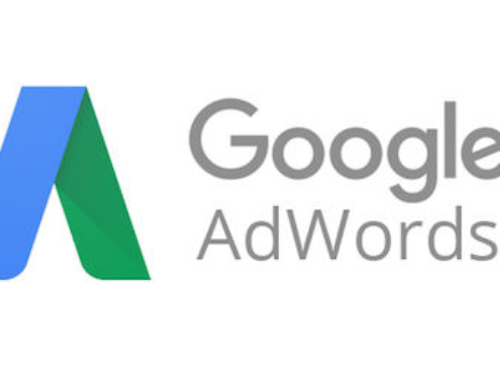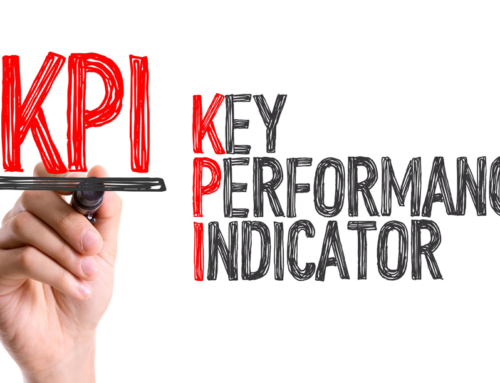In my previous post, I talked about how digital display advertising works for business to business type companies. Now let’s take a look at how this type of digital strategy works in regards to the sales funnel. Let’s start with the top of the funnel (TOF).

The top of funnel is where a company focus on increasing their brand awareness and drive more of the right traffic to your various digital assets: website, blog, landing pages, etc. Top of the funnel strategies and campaigns help to convey what your company does, why your products are different than your competitors and why someone in the buying process should care about your company. They could be in the problem unaware or problem aware phase.
Here are some things to consider when putting a top of funnel campaign together:
- Utilize broad business demographic targeting. Cast a bit of a wider net allows you to see what kind of traffic will be drawn back to you site. As time goes on and you have data to analyze, you can start to optimize to the better performing segments.
- Company targeting. This strategy will enable you to run display campaigns towards a specific company list. This can be very effective in targeting multiple people within a specific company that may be involved in the buying process. Research shows that more companies have a minimum of 2-3 people involved in the buying process. Combine this with business demographic targeting in order to reach the right people. You will get a bigger “bang for the buck”.
- Video Targeting. This is an effective way to reach broader audiences you are trying to reach in the early stages of the buying process. Research shows that it is an appealing and very consumable format for content.
Metrics
So now you have some ideas around certain strategies in campaign development and targeting. So what are the key metrics you should pay attention to?
Now, I don’t want to take the easy way out, but TOF metrics can be a little squishy. It is difficult to really measure that this type of campaign resulted in a sale. For example, we said earlier that display advertising at the TOF may be for brand awareness. A prospect may see the ad while consuming other content, but later goes back to do a search on the company or product displayed and finds it through a paid search program or organically. In this case, the latter will get the conversion credit, but it all started with display. A short sighted result may be a decrease in display spend and increase in paid/organic efforts. The end result may be a decrease in sales down the line since the company did not utilize display to get the awareness out there.
Here are some things to consider when analyzing the effect of your TOP display strategy:
- Branded search: There should be an increase in the # of people searching for your company or product depending on what search engine they use and the purpose of the display campaign.
- Google Analytics: Your analytics should show an increase in the volume of targeted traffic to your site.
- Form conversions: Depending on your landing page and whether or not you have a form submit option right there on that landing page, measure from a baseline the increase in form submits. Discuss internally if any of these form submits are leading the prospect down the funnel to a sale.
- Brand recall: Do an online study comparing those that did not see your display ad versus those that were exposed to it.
In the B2B world, display advertising is extremely effective. Give it some time to take hold and you will be rewarded in the end. In the next blog, we will talk about how display can effect the middle of the funnel. Isn’t this fun???
If you have questions, or want to find out if display is right for your company, feel free to contact me and we can discuss your options!




